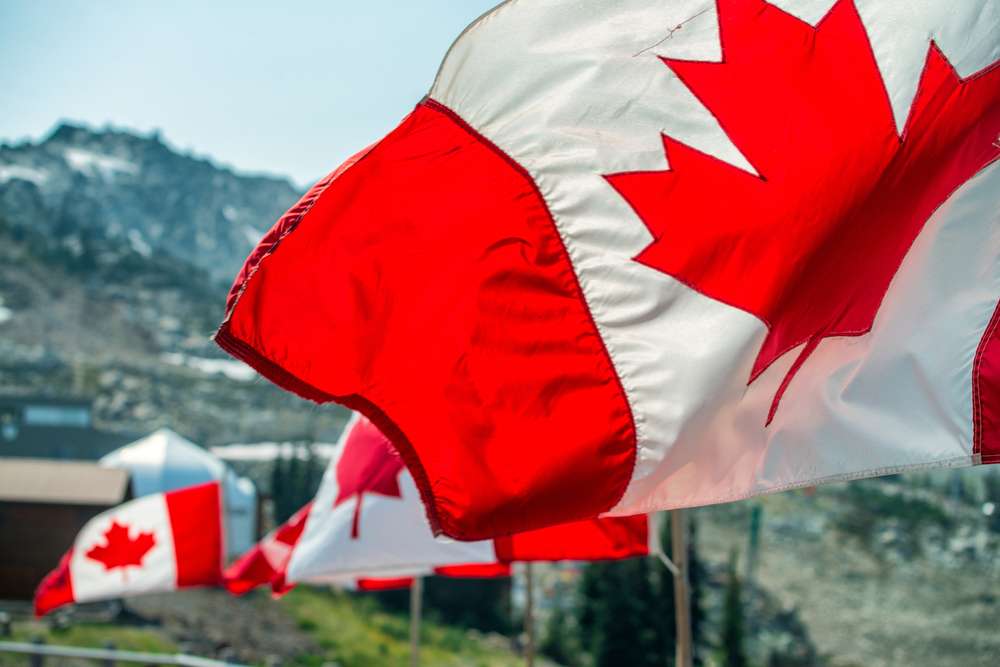India, a land of unparalleled diversity, offers a rich tapestry of natural wonders that captivate the soul and ignite the imagination. From the towering peaks of the Himalayas to the serene backwaters of Kerala, India’s landscapes are as varied as its culture. This sightseeing guide takes you on a journey through some of the most awe-inspiring natural wonders of India, each a testament to the country’s breathtaking beauty and ecological richness.
1. The Himalayas: Majestic Peaks and Pristine Valleys
The Himalayas, the world’s highest mountain range, stretch across northern India, offering some of the most spectacular scenery on the planet.
Must-See Locations:
- Kashmir Valley: Often called “Paradise on Earth,” Kashmir Valley is renowned for its picturesque landscapes, lush meadows, and tranquil lakes. Dal Lake, with its traditional houseboats and shikaras, is a highlight.
- Leh-Ladakh: Known for its stark, otherworldly landscapes, Leh-Ladakh offers stunning views of snow-capped peaks, crystal-clear lakes, and ancient monasteries perched on high cliffs.
- Himachal Pradesh: Destinations like Manali, Shimla, and Dharamshala offer a mix of scenic beauty and cultural heritage, with opportunities for trekking, skiing, and exploring Buddhist monasteries.
2. The Thar Desert: Golden Sands and Cultural Riches
The Thar Desert, also known as the Great Indian Desert, spans the states of Rajasthan, Gujarat, Punjab, and Haryana. This arid region is a land of dunes, colorful culture, and historic forts.
Must-See Locations:
- Jaisalmer: The “Golden City” of Jaisalmer, with its sandstone fort, intricately carved havelis, and sprawling dunes, is a gateway to desert adventures.
- Sam Sand Dunes: Located near Jaisalmer, these dunes offer an authentic desert experience with camel safaris, dune bashing, and cultural performances under the starlit sky.
- Bikaner: Known for its Junagarh Fort and the famous Karni Mata Temple (Rat Temple), Bikaner provides a unique blend of history and desert charm.
INDIAN VISA FOR SALVADORAN CITIZENS
3. The Western Ghats: Biodiversity Hotspot
The Western Ghats, a UNESCO World Heritage site, are a mountain range that runs parallel to the western coast of India. This region is one of the world’s eight “hottest hotspots” of biological diversity.
Must-See Locations:
- Munnar: Located in Kerala, Munnar is famous for its rolling tea plantations, misty hills, and diverse wildlife. The Eravikulam National Park is home to the endangered Nilgiri Tahr.
- Coorg: Known as the “Scotland of India,” Coorg in Karnataka is renowned for its lush coffee plantations, scenic waterfalls, and the Dubare Elephant Camp.
- Mahabaleshwar: This hill station in Maharashtra offers panoramic views, strawberry farms, and historic forts, making it a popular getaway.
4. The Sundarbans: Mangrove Magic
The Sundarbans, located in the delta region of West Bengal, is the largest mangrove forest in the world and a UNESCO World Heritage site. It is home to the iconic Royal Bengal Tiger.
Must-See Locations:
- Sundarbans National Park: This protected area is the best place to experience the unique ecosystem of the mangrove forest. Boat safaris offer a chance to spot tigers, saltwater crocodiles, and a variety of bird species.
- Sajnekhali Bird Sanctuary: A haven for birdwatchers, this sanctuary is home to species like the kingfisher, white-bellied sea eagle, and heron.
5. The Andaman and Nicobar Islands: Tropical Paradise
The Andaman and Nicobar Islands, located in the Bay of Bengal, are a tropical paradise with pristine beaches, coral reefs, and lush rainforests.
Must-See Locations:
- Havelock Island: Known for its crystal-clear waters, white sandy beaches, and vibrant coral reefs, Havelock Island is a haven for snorkelers and scuba divers. Radhanagar Beach is consistently ranked among the best beaches in Asia.
- Neil Island: A quieter alternative to Havelock, Neil Island offers beautiful beaches, coral reefs, and a laid-back atmosphere. Laxmanpur Beach and Bharatpur Beach are popular spots.
- Ross Island: Once the administrative headquarters of the British, Ross Island is now a historical site with ruins of colonial buildings, overgrown with tropical vegetation.
6. The Backwaters of Kerala: Serene Waterways
The backwaters of Kerala, a network of interconnected canals, rivers, and lakes, offer a tranquil escape into nature’s lap.
Must-See Locations:
- Alleppey (Alappuzha): Known as the “Venice of the East,” Alleppey is famous for its houseboat cruises through scenic backwaters, passing by lush paddy fields, coconut groves, and traditional villages.
- Kumarakom: This backwater destination is ideal for birdwatching, with the Kumarakom Bird Sanctuary attracting species like kingfishers, herons, and egrets.
- Kollam: Less crowded than Alleppey, Kollam offers serene backwater cruises and visits to Ashtamudi Lake, known for its picturesque beauty.
7. The Rann of Kutch: White Desert Splendor
The Rann of Kutch in Gujarat is a unique salt marsh known for its surreal landscapes and vibrant culture.
Must-See Locations:
- Great Rann of Kutch: This vast white desert is best visited during the Rann Utsav, a cultural festival held from November to February, showcasing local art, music, dance, and crafts.
- Little Rann of Kutch: This region is home to the Indian Wild Ass Sanctuary, where you can spot the endangered Indian Wild Ass and a variety of bird species.
- Kutch Villages: Visit traditional Kutch villages like Hodka and Bhujodi to experience local crafts, embroidery, and the warm hospitality of the Kutchi people.
INDIAN VISA FOR EQUATOGUINEAN CITIZENS
8. The Valley of Flowers: Blossoming Beauty
The Valley of Flowers in Uttarakhand is a UNESCO World Heritage site known for its stunning display of alpine flowers and diverse fauna.
Must-See Locations:
- Valley of Flowers National Park: Accessible via a trek, this national park is carpeted with a riot of colors during the blooming season (June to October), with flowers like blue poppies, Himalayan bellflowers, and daisies.
- Hemkund Sahib: A significant Sikh pilgrimage site located near the Valley of Flowers, Hemkund Sahib is a beautiful glacial lake surrounded by seven snow-capped peaks.
Conclusion
India’s natural wonders are as diverse and captivating as its cultural heritage. From the towering Himalayas and the serene backwaters of Kerala to the vibrant deserts of Rajasthan and the lush Western Ghats, each region offers unique landscapes and experiences. Exploring these natural marvels provides not only a feast for the eyes but also a deep connection to the diverse ecological and cultural fabric of India. Whether you seek adventure, tranquility, or a deeper understanding of nature, the natural wonders of India promise an unforgettable journey. Pack your bags, embrace the spirit of exploration, and set out to discover the breathtaking beauty of this incredible country.
Also read: The Best Museums to Visit in India


